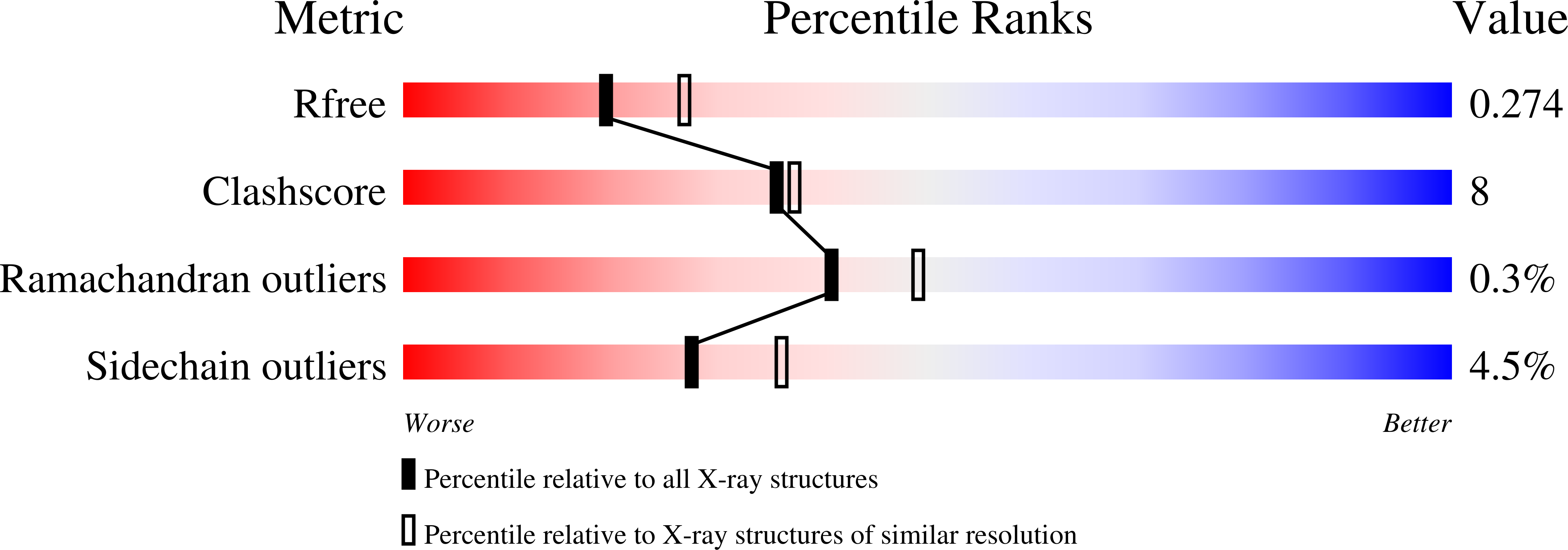
Deposition Date
2021-12-14
Release Date
2022-03-23
Last Version Date
2024-05-01
Entry Detail
PDB ID:
7QHY
Keywords:
Title:
Structure of a Kluyveromyces lactis protein involved in RNA decay
Biological Source:
Source Organism:
Kluyveromyces lactis (Taxon ID: 28985)
Host Organism:
Method Details:
Experimental Method:
Resolution:
2.45 Å
R-Value Free:
0.26
R-Value Work:
0.22
R-Value Observed:
0.23
Space Group:
P 32 2 1


